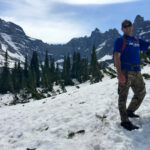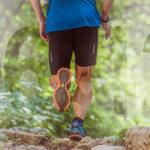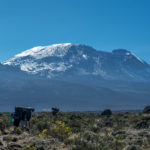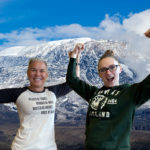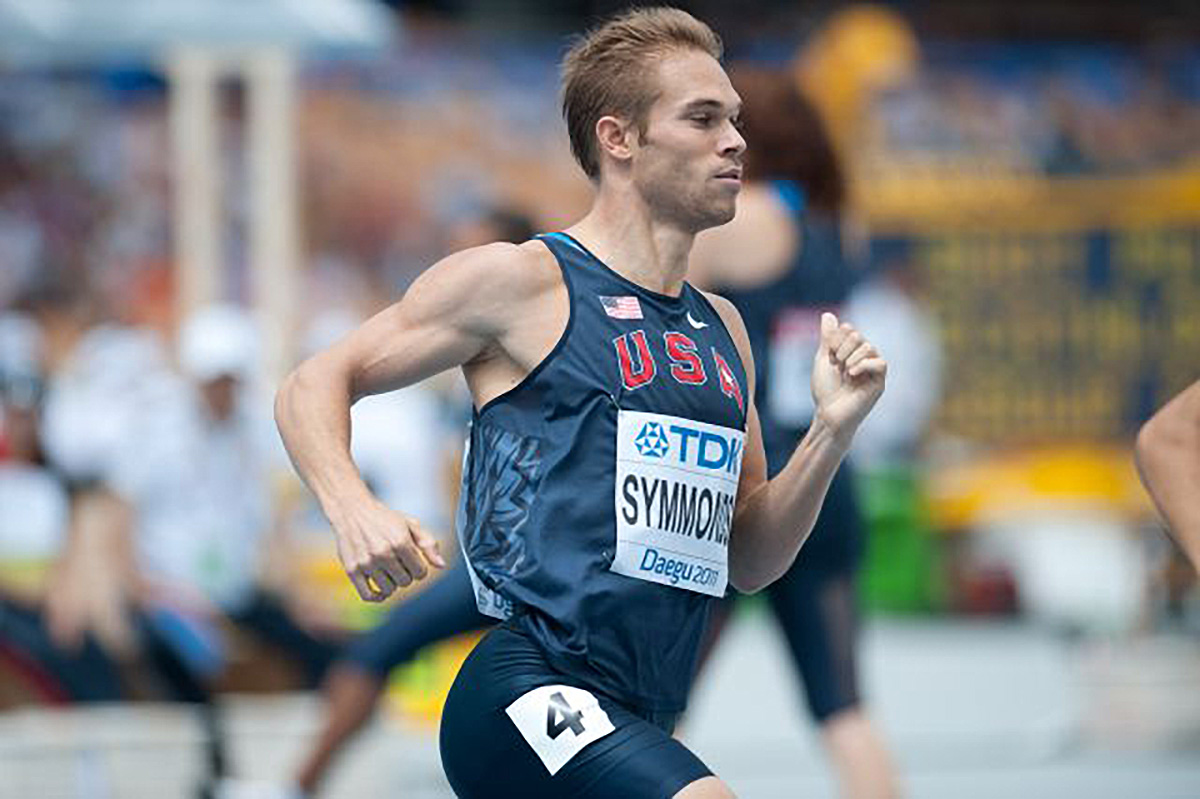 Erik van Leeuwen, via Wikimedia Commons
Erik van Leeuwen, via Wikimedia Commons
Nick Symmonds isn’t your typical mountaineer. A two-time Olympian and seven-time NCAA champion, Symmonds is a world-class athlete who just loves climbing.
He became one of three runners in US history to break the 1:43 barrier in the 800-meter race and broke the 4-minute barrier on the mile run. After his retirement from track and field in 2017, he announced he would attempt to climb the Seven Summits – the tallest mountains on each of the seven continents.
He passed his first milestone recently, summitting Kilimanjaro with us in early June. How well does running track translate to mountaineering? Take it from Symmonds.
“I competed for a minute and 45 seconds on the track,” Symmonds said, “on a mountain, you’re climbing for hours at a time.”
Speed may not help much on the mountain, but Symmonds’ discipline and determination are a perfect match both on Kilimanjaro and for trekking the rest of the Seven Summits.
“It’s like training for the track,” Symmonds said. “People asked me on the track if I was thinking about the Olympics, and I told them it was about training for D3 titles first.”
The same mindset is a tremendous help on Kilimanjaro. It’s about taking one next step, the one after and the next after that, not focusing on how far away the summit is.
“Little chunks at a time,” is what Symmonds calls it. Breaking a goal down into achievable chunks is how he became an Olympian, how he conquered Kilimanjaro and how he intends to become the first Seven Summits mountaineer to also break a 4-minute mile.
“It’s a lifelong project, and I just love climbing,” Symmonds said.
What Does Kilimanjaro Feel Like Physically for an Olympian?
In terms of strength and endurance, Symmonds was more than up for Kilimanjaro. He was running 3 days a week for 30 to 40 minutes and mixing in biking and lifting to stay in shape.
Altitude was a new challenge, however. Symmonds has climbed to 14,000 feet several different times, but at 19,341 feet, Kilimanjaro was the highest he has climbed yet.
Altitude is a trekker’s greatest obstacle on the mountain. It’s the reason 55 percent of Kilimanjaro climbers descend before reaching the summit, according to the most recent figures reported by Kilimanjaro National Park.
And the effects of altitude have nothing to do with physical fitness. Symptoms can be just as harsh to Olympians as anyone else. And for those who live around sea level, like Symmonds, they can be more severe.
“I felt a little dizzy and nauseated, but I was able to get to the summit,” Symmonds said. “It was surprising how hard the altitude hit me.”
What’s Next for Nick?
He’s not sure when he’ll tackle the remaining six peaks in the Seven Summits or which mountain it will be.
“I had planned to climb Aconcagua in December but climbing will take a back seat to Run Gum,” Symmonds said.
Run Gum is a company Symmonds’ founded that sells caffeinated gum, which he says came in handy during his trek.
“You can save it for when you need it, and it has everything that’s in an energy drink in a pack of gum,” Symmonds said. “Everyone in the group was using it on summit day because we were getting up at 11 p.m. to climb. We weren’t brewing coffee.”
While he focuses on his business, his mountaineering plans will continue in the background. He plans to climb Elbrus in the summer of 2019.

